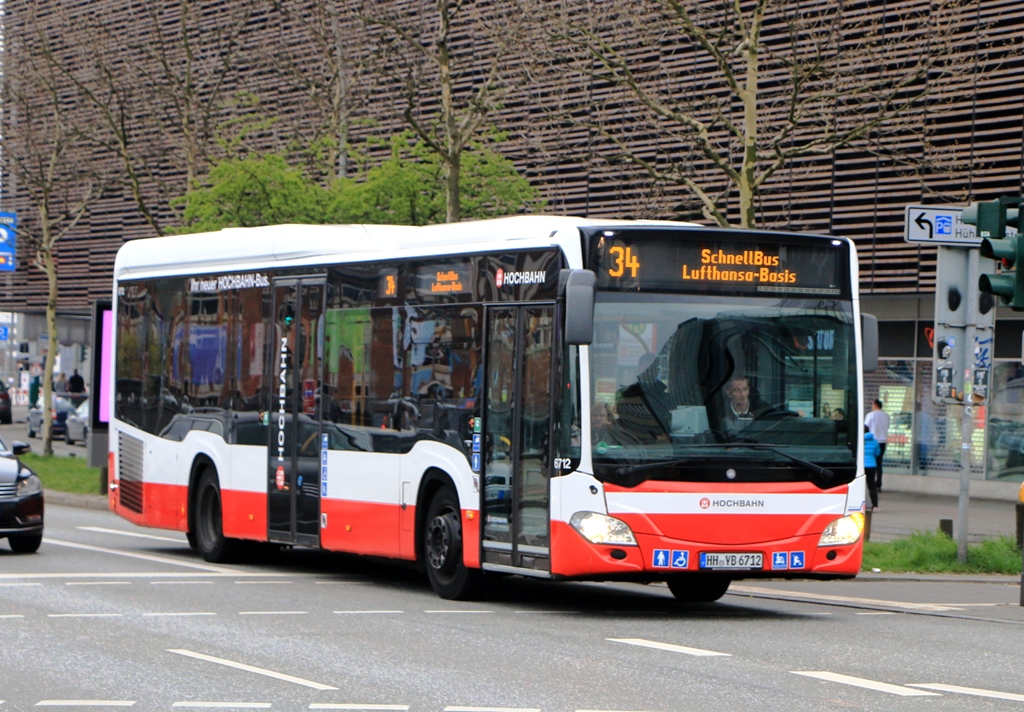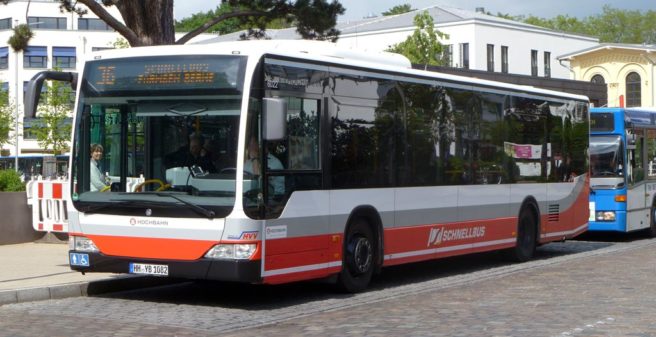
On 30 October 1955, a new member of the Hamburg public transport system entered the stage: the „Schnellbus“ (fast/express bus) service. The new system was inaugurated with line 36 from Blankenese S-Bahn station via Teufelsbrück as well as Altona and Sankt Pauli to the Central Bus Station near the main railway station. The aim of the new service was to create additional convenient, comfortable and attractive connections in the city. The buses were better equipped – for example with seats upholstered in velour plush instead of imitation leather, which were also installed with greater spacing from seat row to seat row so that the passenger sat more comfortably. At least in the Mercedes-Benz O 305 express buses, for example, there were also no rear seats. The higher comfort and the higher travelling speed of the express buses were paid for: for the journey with the express bus, one had to pay a surcharge which, at least at times, corresponded to that for the journey with the S-Bahn in first class.
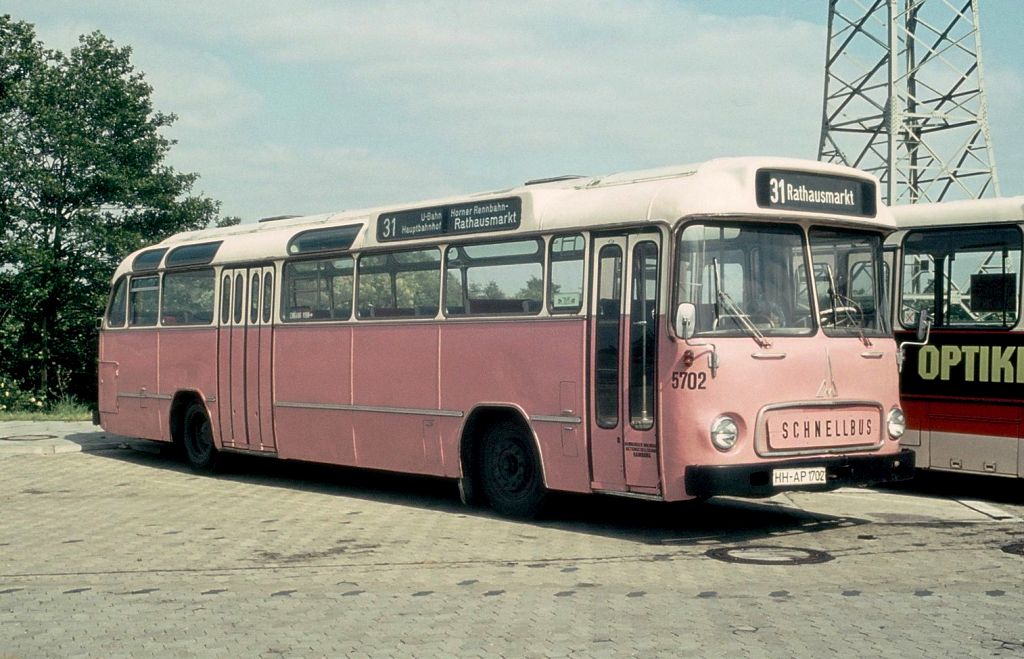
The express bus network grew quickly. As early as 22 December 1956, line 32 was added: Burgwedel – Niendorf – Lokstedt – Hoheluft – Rathausmarkt – Hauptbahnhof/ZOB – Hamm – Wandsbek – Tonndorf – Rahlstedt.
The express buses were supposed to offer an attractive alternative to the tram – which still existed in Hamburg at that time. That is the reason why there were parallel services to the tram. And the express bus had the advantage that it served fewer stops.
Incidentally, the express bus system was not limited to the city of Hamburg. The neighbouring companies “Verkehrsbetriebe Hamburg – Holstein (VHH)” and “Pinneberger Verkehrs Gesellschaft (PVG)” also had express bus lines. For the later line 31 from Rödingsmarkt in Hamburg to Geesthacht, the VHH even had a Setra double-decker.
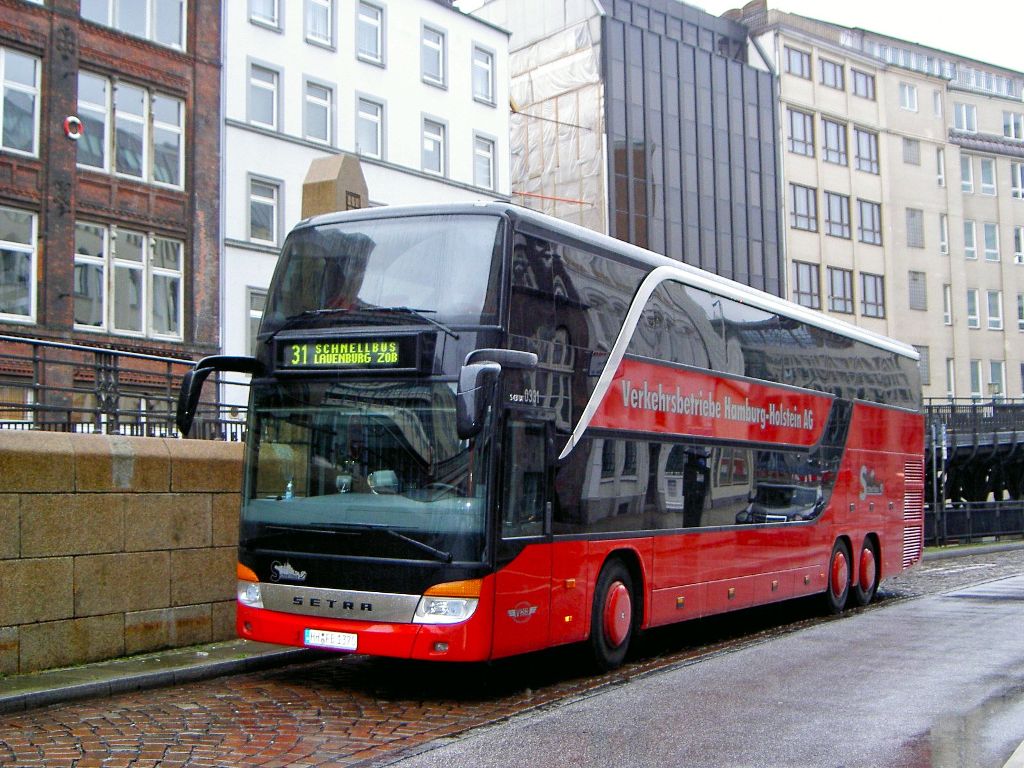
As already briefly mentioned there were dedicated buses for the Schnellbus lines. Not only were they better equipped, as described above, but they also had a special livery. They also bore the additional lettering “Schnellbus”. About the special livery: usually Hamburg’s buses wear the colours white (crème) and red. Not so the Schnellbuses: for them, at least temporarily, they invented their own “corporate identity” in which the red was replaced by pink. Later the special livery for the buses was discontinued.
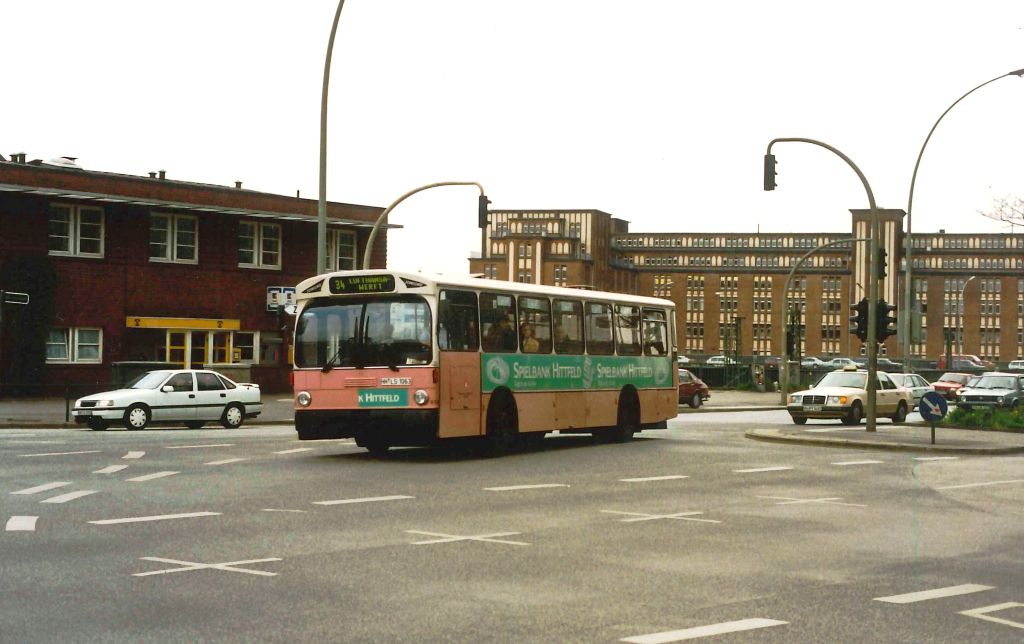

The fleet of vehicles on the express bus lines has been quite diverse over the years. Buses of the Magirus-Deutz, Büssing and Mercedes-Benz brands were used. Sometimes HHA and VHH used shorter bus models, e.g. the 9,570 mm long Büssing Präfekt 11 Standard model.
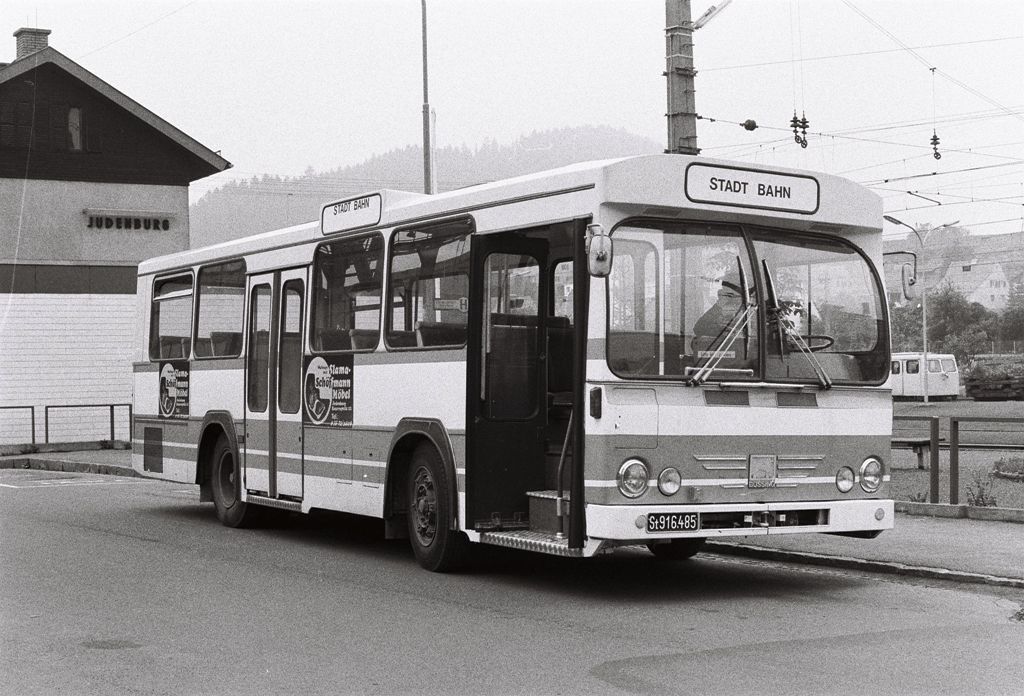
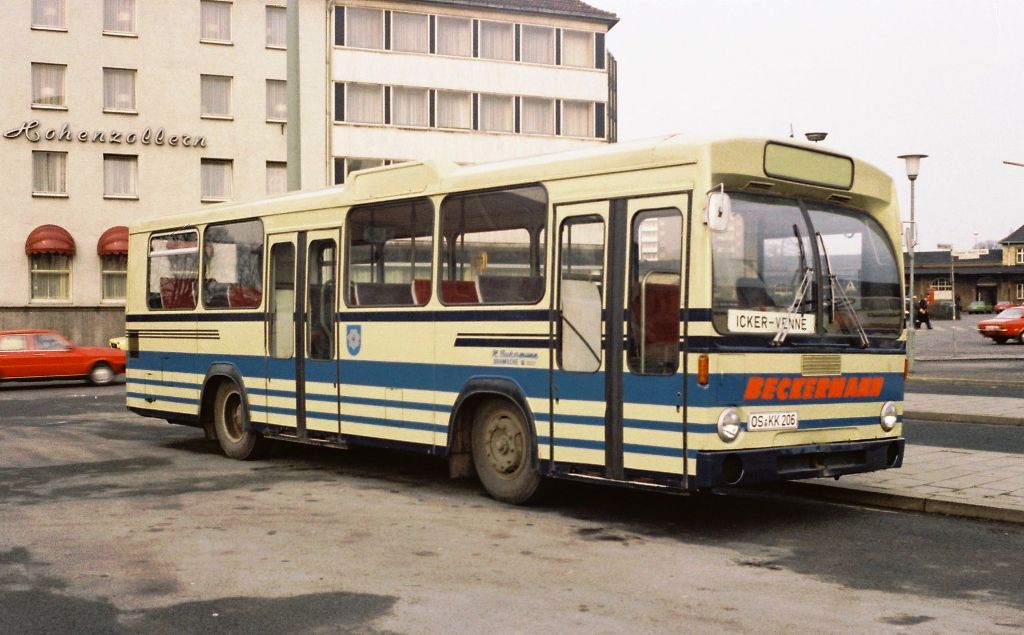
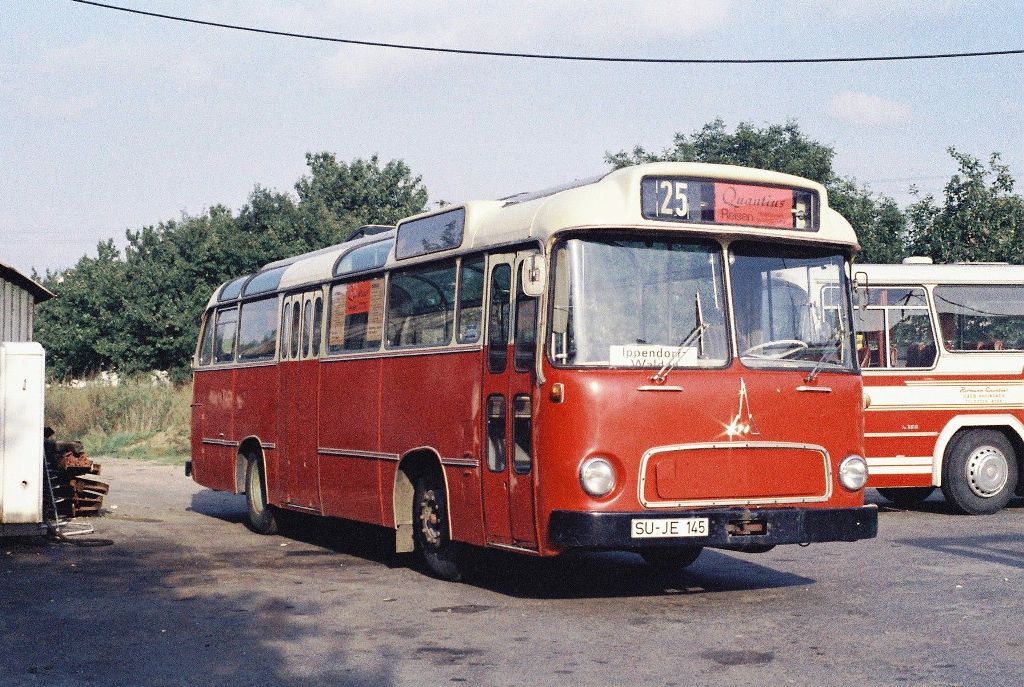
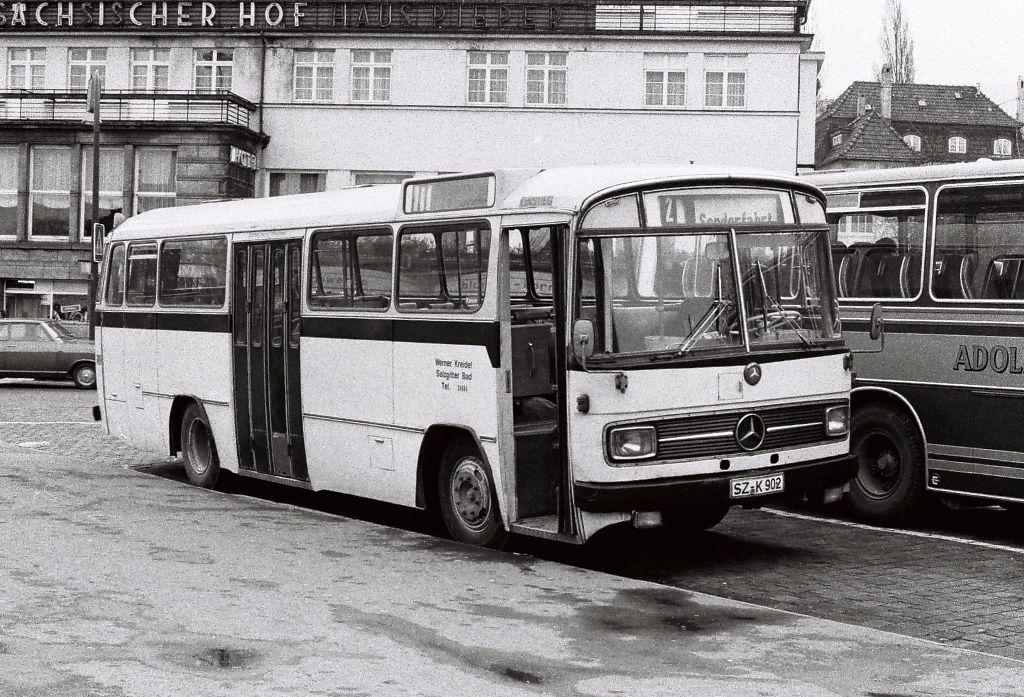
„Bergziegen“ (mountain goats) in Blankenese
The two lines 48 and 49 in the Blankenese district run between the S-Bahn station Blankenese downhill to the banks of the river Elbe. These started service in 1959 as lines “B 6” and “B 8”. Due to the steep and often narrow streets in the Blankenese district, the use of “full-grown” buses was impossible here. 25 Mercedes-Benz O 319 minibuses were originally used, later replaced by a single short Magirus-Deutz, of which that manufacturer probably only ever built one, and two generations of Mercedes O 309 for the line (one of which survives to this day as a historic bus). Following the takeover of the express bus in Blankenese by the Pinneberger Verkehrs Gesellschaft Mercedes-Benz minibuses with bodies by Ernst Auwärter operated here. Then PVG was taken over by VHH which used midibuses from MAN. Two Rampini electric buses are now on service here.
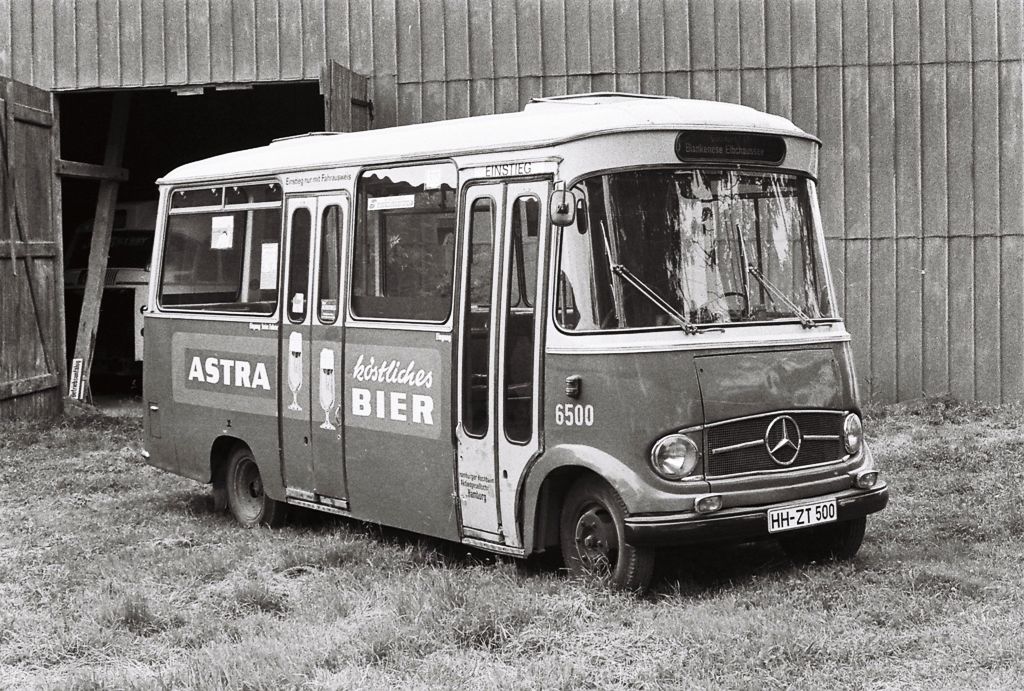
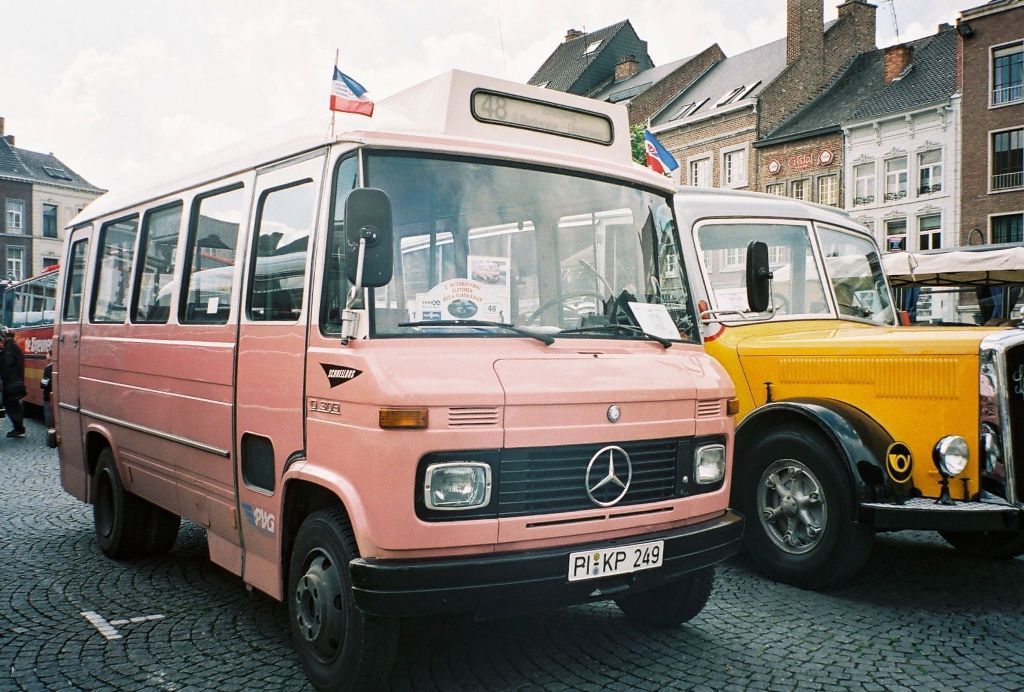
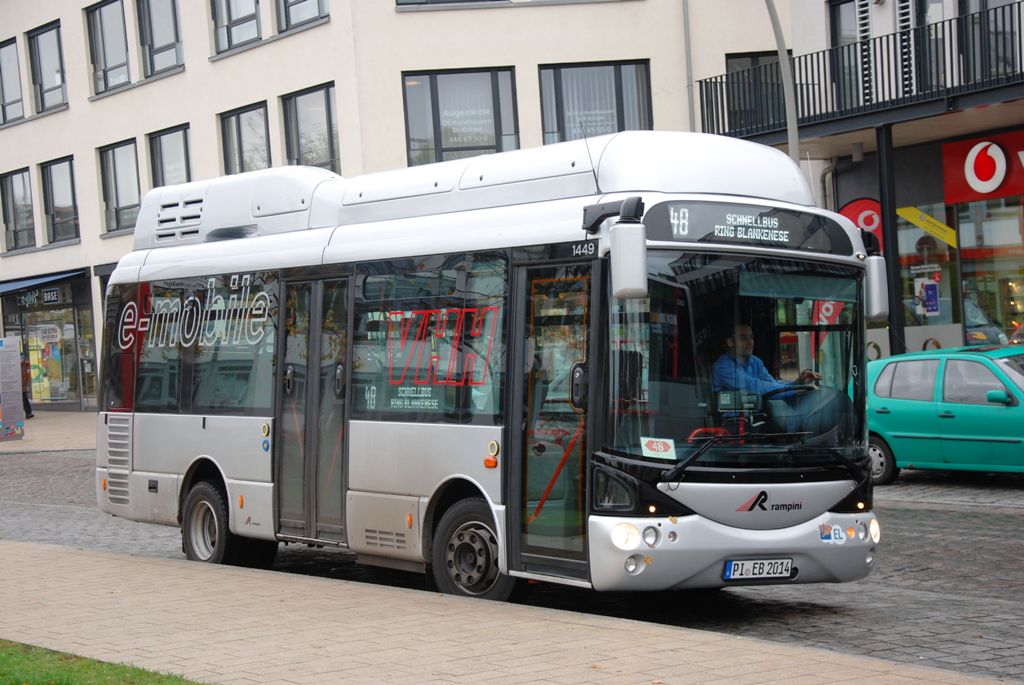
Three years ago, in December 2018, the remaining Blankenese express bus lines 48 and 49 became normal city bus lines; passengers no longer had to pay an express bus surcharge.
The end of Hamburg’s express bus network
Schon seit Jahren kündigte sich das Ende der Schnellbusse in Hamburg so peu à peu an. Nach und nach wurden Linien For years, the end of the express buses in Hamburg had been announced. One by one, routes were discontinued or converted into Metrobus or express bus routes, without any surcharges for the passengers. On 11 December 2021, the last express buses ran in the Hamburg, namely on lines 31, 34 and 37. The last remaining buses for these lines will now be used on other HHA bus lines. There is certainly one advantage for passengers: there is no longer an express bus surcharge. The reason for the discontinuation of the (remaining) express bus network was probably primarily financial: for the money that had to be spent on operating the lines, there were often too few passengers. Passengers more and more preferred to use normal routes avoiding to pay an extra surcharge.
